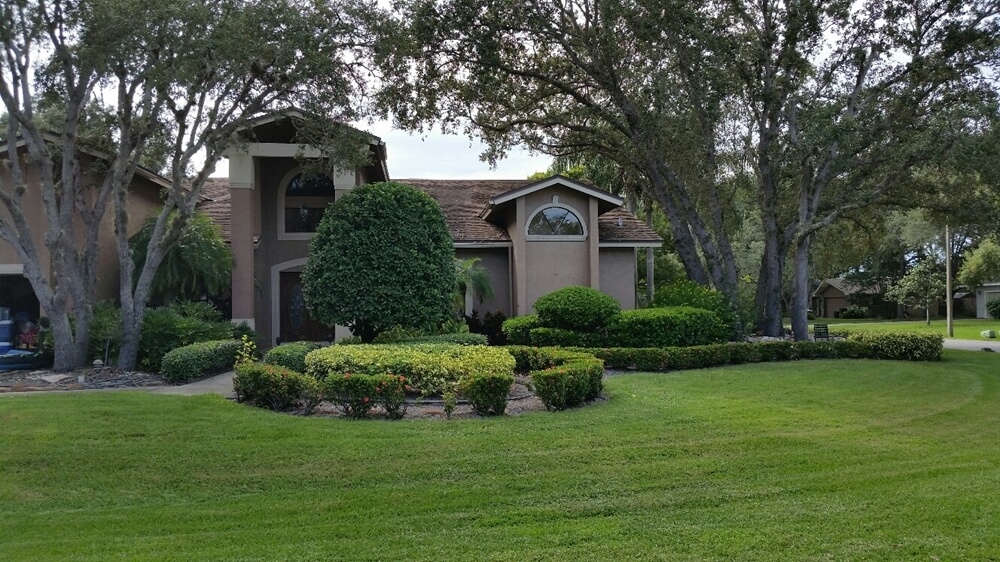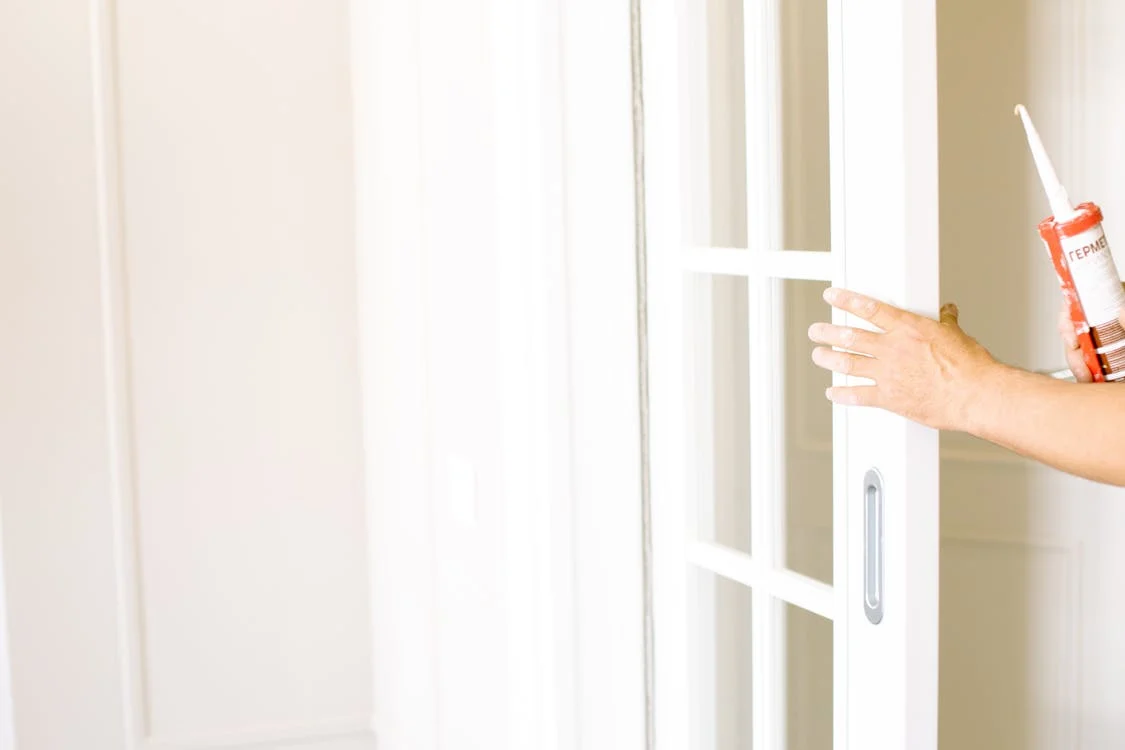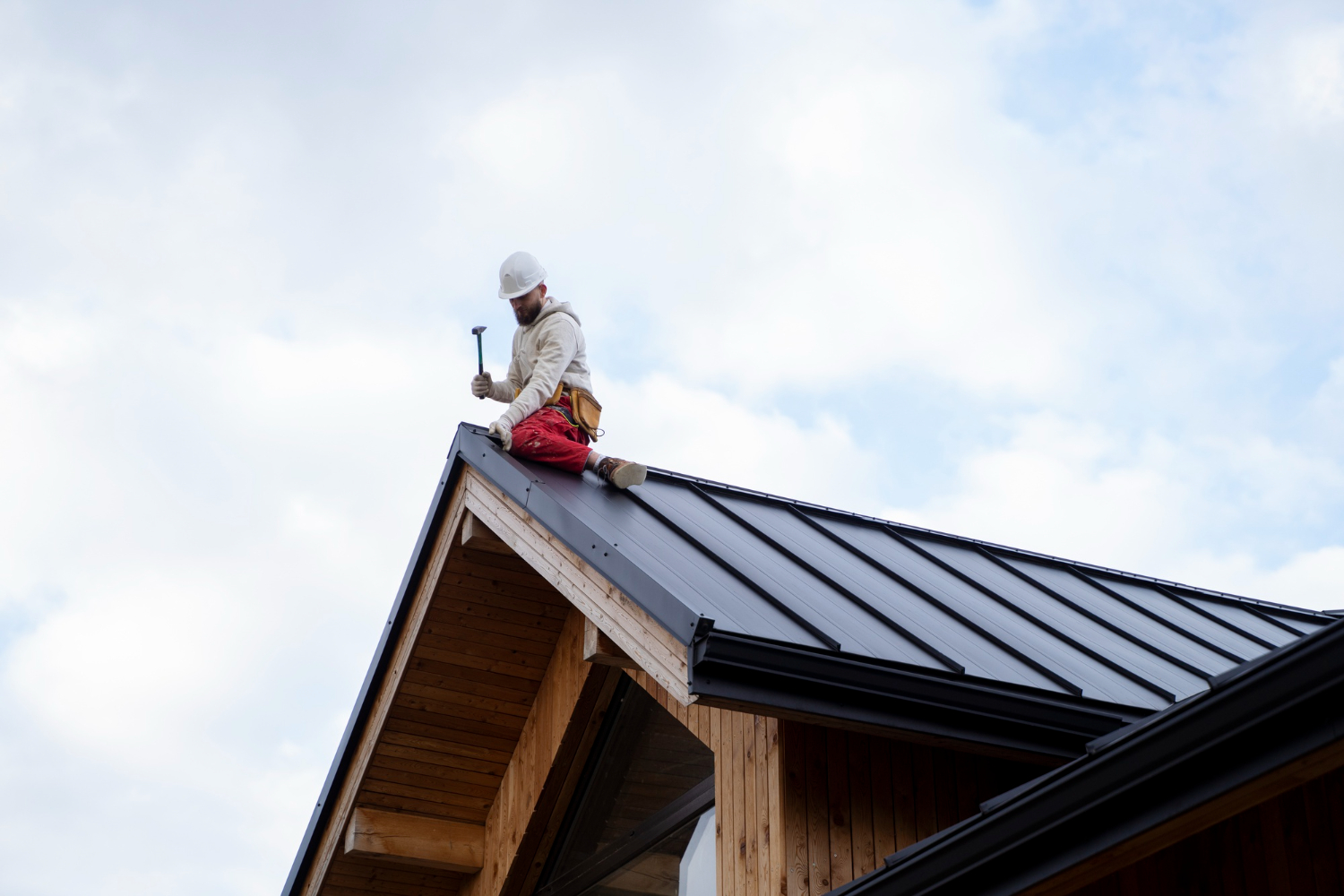By using our website, you agree to the use of cookies as described in our Cookie Policy
a
Rss Feed
8 Common Roof Problems Homeowners Need to Deal With
The phrase "having a roof over our heads" pretty much underscores the importance of the topmost part of our house.
While it’s true that the walls, floors, and other parts of our home are just as important, none of them are as battered by the harshest of elements as the roof.
Intense sunlight, heavy downpours, snow, and in some cases, hailstones give our roof a straight-up beating on a regular basis.
Fortunately for us, it gallantly fends all of them off—most of the time, that is.
No matter how well-built and sturdy our roof is, all that punishment will eventually take a toll on it. It’s only a matter of time before we’ll have to hire licensed roofers with proper roofing insurance to repair or replace it.
Let’s take a look at eight of the most common roof problems homeowners have to address.
1. Leaks
Shingles could crack due to impacts or plain wear and tear. The roof flashing that prevents water from getting under the shingles could corrode and fail to do its job. When these happen, you can expect your roof to leak, especially after heavy rains.
Roof leaks need immediate repair because all that moisture can cause water damage to your ceiling and paint and plaster on nearby walls, among other things. Mold is also likely to form when your roof is leaking.
2. Holes and Punctures
A roof is pretty good at warding off rain or snow, but a strong enough blow from a huge hailstone or a tree branch can punch a hole through it.
A careless roofing contractor who drops a heavy tool on the roof or steps on rather brittle shingles can cause the same type of damage, too.
And if you live in a region where woodpeckers abound, don’t be surprised if you find holes or punctures on the eaves of your roof.
3. Missing or Damaged Shingles
It’s not uncommon for some of your roof shingles to break or even become MIA after a powerful windstorm.
The harsh elements also cause roof shingles to blister, flake, bruise, curl, cup, and split, all of which can compromise their ability to keep rainwater out.
4. Snow and Ice Damage
As long as a roof was installed properly, it can hold the weight of accumulated snow and ice.
However, when there’s too much buildup up top, your roof is at risk of caving in, which poses a danger to you and your family.
If possible, do what you can to relieve your roof of some snow and ice. A retractable snow rake would come in handy for the job. For the ice buildup, you can chip away at it using an ice pick or an awl. You can also resort to using a chemical deicer product if the ice buildup is too thick or tough.
5. Pooling Water
If your home has a flat roof, you can expect water to pool on certain spots after a heavy downpour or snowfall.
While evaporation can take care of this problem, it could take some time before all that pooled water goes away. If you let that water stay for an extended period, it could end up aging your roofing material prematurely and degrade it.
6. Roof Shrinkage
If your roof is coated with a synthetic rubber membrane called EPDM, you should know that it will shrink over time.
While EPDM extends your roof's life by protecting it from general weathering, roof shrinkage is a common occurrence. When it happens, the membrane cracks and deteriorates, resulting in leaks and other problems.
7. Critters
The roof and its immediate vicinity is a favorite haunt of small animals like mice and birds.
You know how mice love gnawing at anything, including roofing material.
On the other hand, birds build nests in rain gutters, which effectively block the flow of rainwater, causing it to overflow and bring about water damage.
8. Faulty Installation
Shady roofing contractors aren’t exactly harsh natural elements, but they might as well be considering the potential havoc their lack of expertise could wreak on your roof and your home.
Roofing problems occur, but they will likely be expedited if you decide to save some money by hiring non-professional roofers to install your roof.
Mastering roof repairs and installation takes years of training and experience. Legitimate roofing contractors have all that. In most states, licenses and contractors insurance coverage are also a requirement for roofers.
With the accountability that comes with licenses and insurance policies, you can rest assured that legitimate roofers are bound to do their best to install your roof correctly.
So, the next time you need a roofer to help you with the problems listed above, keep in mind that a potential roofing contractor should have insurance and a license before you consider hiring them for the job.
Author Bio:
Rachel Porter is the content specialist for Custom Contractors Insurance, LLC, an Arizona roofing and contractors insurance company. When not writing, she enjoys reading and mountain biking with her friends.
‹ Back






.png)

Comments